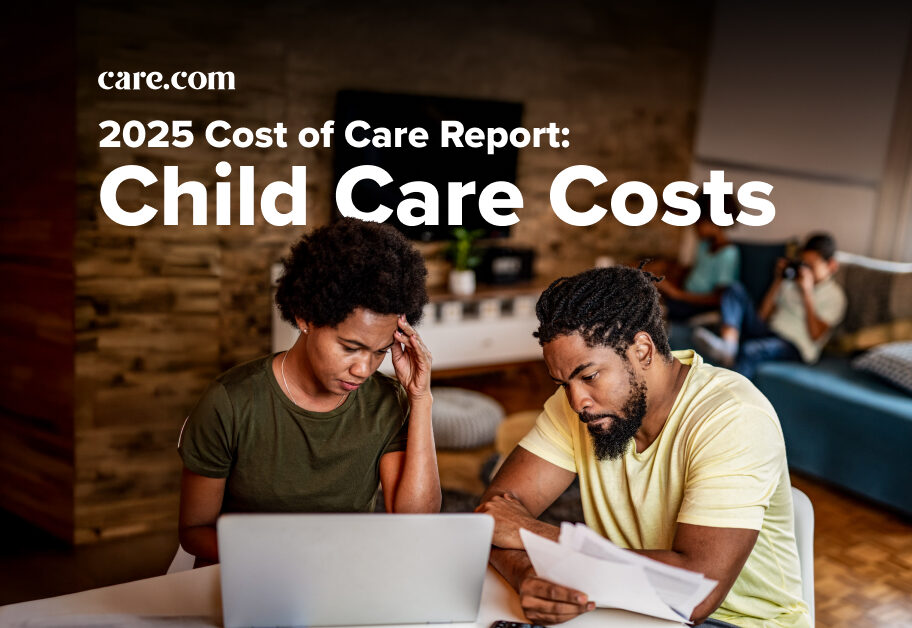When you are searching for a daycare for your child, there are so many options. A quick online search in most cities yields hundreds of different results and types of care, including daycare centers and in-home or family daycares and more. The daycare you choose will ultimately depend on a number of different factors, but regardless of its location or child care philosophy, there are a few things every high-quality daycare should have in common.
Here, Richard Fiene, a child care researcher and retired professor of human development and psychology at Pennsylvania State University, and Lynn Wiener, director of the daycare centers at New Haven Hospital, break down what parents should really be looking for when searching for the highest quality care, as well as a few things parents definitely want to avoid.
1. An inviting environment
When you walk into a daycare, it should feel light, bright, clean and fun. The common areas should be inviting and tidy, and the actual space where your child will be each day should be set up in a way that facilitates play and learning. In a home daycare, Fiene says the children should have a designated space in the home, be it an entertainment room, walkout basement or a large nursery area.
“Look at how well it’s organized,” Fiene says of both center-based and in-home classrooms. “Do they have designated activity areas? Is there a space for dramatic play, a quiet corner, an opportunity for the kids to read?”
If you’re looking at a space for an infant, the room should be clean and baby-proofed. Most importantly, the infants should have designated spaces for eating, sleeping and physical activities, like tummy time and playtime.
2. Kids and caregivers who are engaged
At a high-quality daycare, you should expect to see kids enthusiastically engaging with their teachers and who look happy to be there.
“Ideally, you want to see that kids are really, really engaged and they love what they’re doing,” says Fiene. “[It should be like] they don’t even realize you’re there.”
Infants should be held frequently, played with, given tummy time and have the opportunity to explore their space with close adult supervision, such as being carried around to look out the windows or at pictures on the walls.
“You don’t just want to see a row of bouncy seats,” says Wiener.
Additionally, a daycare shouldn’t rely on screen time to entertain kids of any age. Occasionally, a short educational video or group computer game may be a part of an activity for older children, but screen time should be strictly limited, educational-only and shouldn’t even be allowed for the youngest children.
“If the kids are planted in front of a TV when you walk in, that’s a red flag,” says Fiene.
3. Well-staffed classrooms
Daycare providers should have prior experience working with children and ideally have completed some coursework or even a degree in child development or a related field. They should be CPR-certified, safe and licensed drivers if they’ll be transporting children, and their interactions with children should be positive and enthusiastic.
It’s also important that a daycare is following the rules about how many children are allowed per caregiver. The National Database of Child Care Licensing Regulations can tell you the appropriate ratio of children to caregivers in each state. Weiner says it’s a sign that a program is really on the ball if they have even more teachers than is required. For example, if the ratio is four infants to one teacher and they have eight infants with three teachers, that shows that the teachers are well-supported and are able to provide the highest level of care. But even if they don’t have extra staff beyond what is required, teachers should not seem strained or stressed by the number of kids in their care.
Read more:
4. A clear curriculum
The curriculum will vary depending on the type of care you’re seeking and the philosophy of the daycare. But if a daycare is advertised as being a Montessori, play-based or something else, there should be evidence of that. The classrooms should be set up according to the Montessori specifications, or the daily calendar should include the specific play-based activities kids will be participating in throughout the day. The director and/or individual providers should be able to tell you exactly how the learning philosophy is facilitated through the setup and daily activities.
5. Attention to safety
Every daycare should be set up with safety in mind, staff or home providers should have proper emergency and CPR training, and they should adhere to the latest guidelines about safe sleep, eating and play.
“[At any facility], just do an environmental scan,” says Fiene. “Any outlets should be covered, [there should be] nothing out that should be in a locked cabinet, there shouldn’t be any blind spots where kids cannot be seen by caregivers.”
Wiener says daycare providers should have clear guidelines regarding what is classified as an injury (a paper cut, while still an injury, probably doesn’t require an incident report while a head bump should), which kinds of accidents are reported and in what circumstances phone calls to parents are made.
6. A clear discipline policy
Discipline issues can be common at any daycare as kids adjust to being in a new setting and learning how to get along with a large group of other kids. The daycare staff should have a plan in place for handling behavior problems that includes clear expectations and methods for addressing problems. The daycare’s discipline strategy should be positive and never involve harsh or physical punishments, and providers should be in constant communication with parents regarding any issues or disciplinary measures.
7. A clean record
In order to operate, daycare centers must be licensed by the state. The licensing requirements vary by state, and not all require in-home daycares to be licensed. State licensed child care providers are required to have licensing inspections each year, and these are public record.
To see if a provider has past violations, you can contact your state’s child care licensing office or search the National Database of Child Care Licensing Regulations, which provides easy access to licensing requirements by state, as well as links to online inspection reports and contact information for the different state licensing offices. The licensing office should also be able to tell you about any complaints filed against the daycare by parents.
Find a daycare near you
Sending your child to a quality daycare you can trust is serious business. With these expert insights, you’ll know what to look for in a daycare and feel confident in choosing a daycare that not only meets your child’s needs but also provides a safe, nurturing environment that supports their growth, learning and happiness each day.





